Canterbury in Kent has been a significant settlement since Roman times and is the home of the Church of England
Canterbury Cathedral
At the heart of the city lies the cathedral, part of a UNESCO World Heritage Site with St Martin’s Church and St Augustine’s Abbey, and one of the most significant religious sites in Britain. As well as the martyrdom of Thomas Becket attracting pilgrims, the Archbishop of Canterbury has also been the nominal head of the Church of England since 1353.
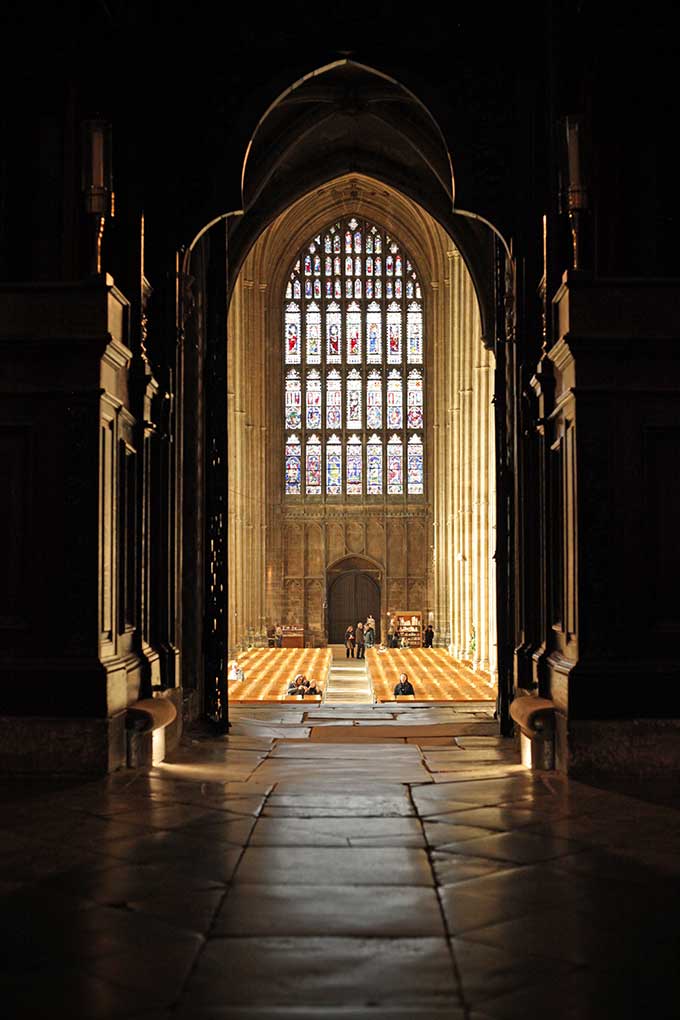
Roman Museum
Roman Museum meanwhile and a timeline on the wall encourages you to step back some 1,800 years from the present day. Once downstairs, the undoubted highlight is the remains of an entire Roman town house, complete with ornate mosaics, preserved behind glass walls
Canterbury Heritage Museum
The nearby Canterbury Heritage Museum picks up the city’s history after Roman times, with the highlights including the 1,150-year-old Canterbury Cross, an important symbol of the Anglican church, and a 16-metre frieze about the life and death of Thomas Becket.
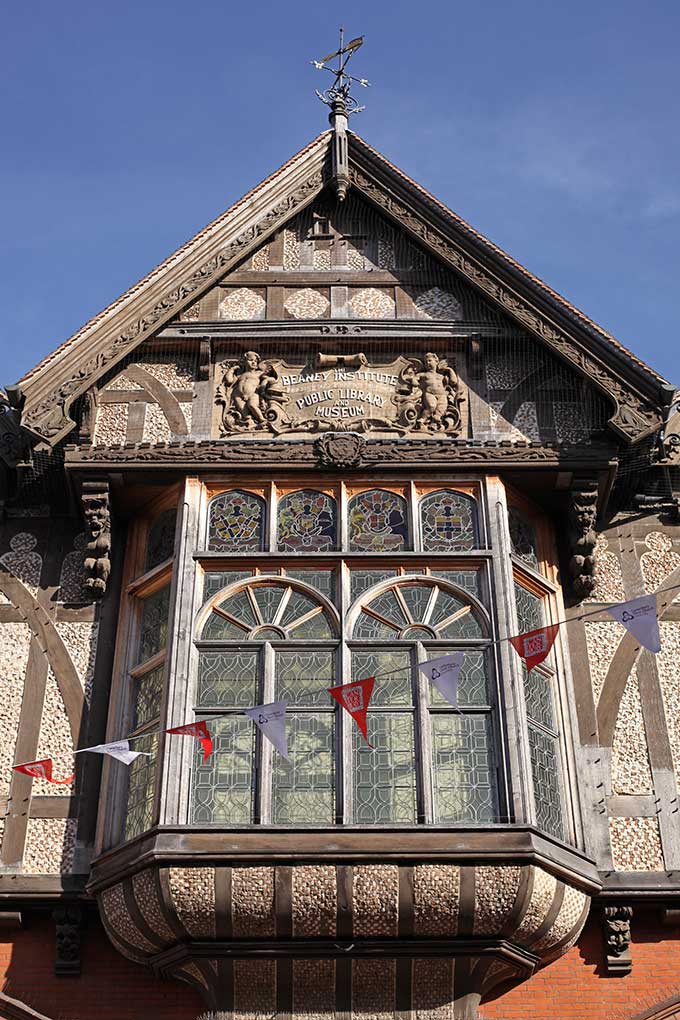
Where to stay
The Canterbury Cathedral Lodge allows you to wake up to unprecedented views of the building, as well as offering exclusive access to the grounds after hours. The accommodation itself is fresh and modern, with comfy beds, cheery staffand a tasty buffet breakfast.
Built in 1503, the Sun Hotel counts Charles Dickens among its former guests. Leaded Elizabethan windows and four-poster beds add to the period charms.
Tudor House Hotel: This charming three-star bed-and-breakfast is housed in a 16th-century Tudor building just five minutes from the cathedral.
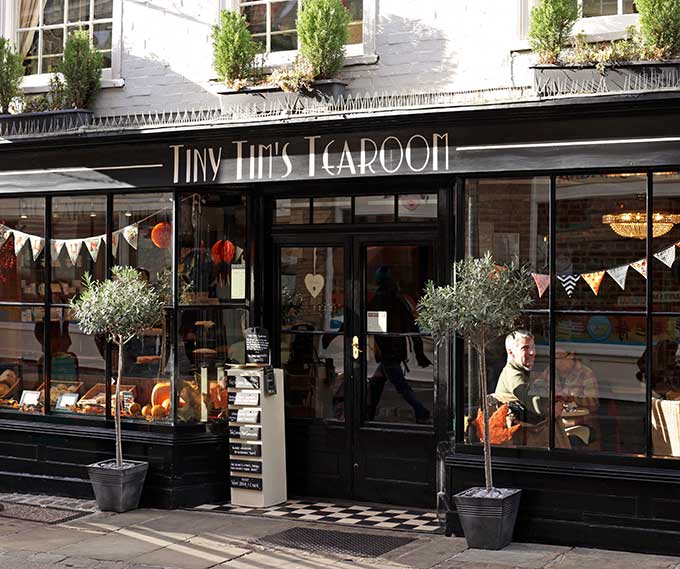
Where to eat
Tiny Tim Steamroom: Set in a rickety 17th-century building that is reputedly haunted, this quaint café specialises in afternoon and high teas, with more than 30 varieties of brew available.
Deeson’s British Restaurant: Local, seasonal ingredients are the order of the day at Deeson’s British Restaurant with Stour Valley pigeon, Kentish blue cheese and Godmersham venison all featured on a menu that also has a British tapas section for sharing.
Two branches of Pork & Co on Sun Street cater for takeaway or sit-down eating.
Served in a toasted sandwich, the 14-hour slow-roasted pulled pork melts in the mouth.
The English Restaurant at the Pilgrims Hotel serves favourites such as Lancashire hotpot and cottage pie.
What to do
BUY fresh local produce and deli treats from The Goods Shed, a farmers’ market and food hall (left). Try the slow-proven bread from Enzo’s bakery.
DISCOVER the history of the city with a guided tour from the Cambridge Punting Company.
ESCAPE the city with a chauffeur-driven sightseeing tour of rural Kent with Tours of the Realm. Jane Martin creates bespoke trips for small groups, taking in cultural and historical sites across the county.
www.toursoftherealm.com
SPOOK yourself with a Canterbury Ghost Tour. Tread the cobbled streets after dark every Friday or Saturday to discover ghoulish tales about Charles Dickens and more.
VISIT Beaney House of Art & Knowledge for gallery exhibitions and local history.
For the full article, get the Jan/Feb UK (March US) issue of BRITAIN magazine.
Related articles
|
Click here to subscribe!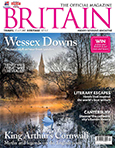 |
Download BRITAIN Magazine to your mobile today

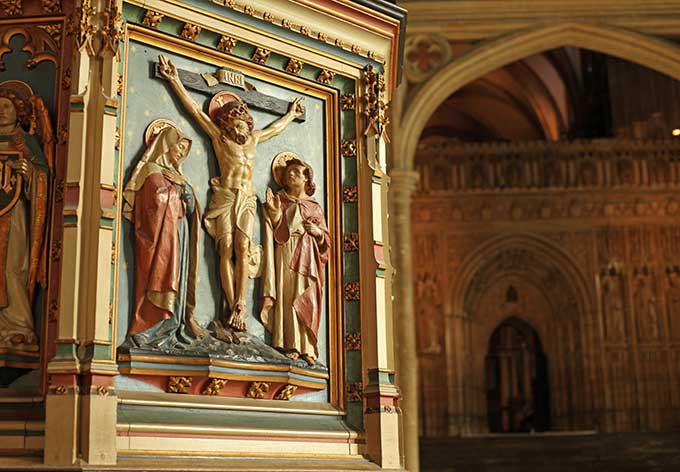




 © 2024
© 2024